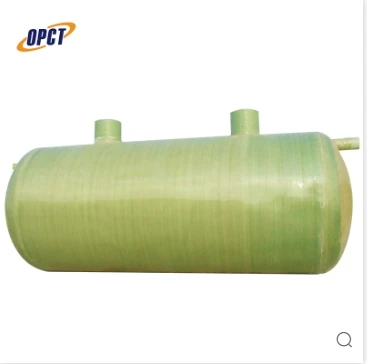Pultrusion machines are essential equipment in the manufacturing of reinforced plastic profiles, offering a cost-effective method for creating lightweight and high-strength composite structures. Understanding the cost factors involved in purchasing and operating a pultrusion machine is crucial to making informed investment decisions for businesses in the composite industry.

The cost of a pultrusion machine can vary significantly based on several factors. These include the machine's size and capabilities, the materials it can handle, the complexity of its design, and the level of automation it incorporates. Entry-level machines suitable for small-scale production may cost in the range of $50,000 to $100,000. Conversely, larger, more advanced machines designed for high-volume production with sophisticated features might exceed $500,000.
1. Technical Specifications and Features
The pultrusion machine's technical specifications are a critical determinant of its cost. Machines capable of producing larger profiles or handling a wider variety of resin and fiber combinations are generally more expensive. Features like advanced control systems, faster cycle times, and enhanced safety options contribute to higher prices but result in increased productivity and efficiency.

2. Materials and Compatibility
The type of materials a machine can work with influences its price. Machines designed to process specialty fibers such as carbon or aramid demand robust construction and precise control systems, translating into higher costs. However, these machines enable the production of ultra-lightweight and resilient composite products, which can justify the investment through premium product offerings.
3. Level of Automation
Automation in pultrusion machines can range from basic manual operations to fully automated systems requiring minimal human intervention. Automation features such as real-time data monitoring, automatic cutting, and material handling systems can increase initial costs but provide long-term benefits. These include reduced labor costs, consistent product quality, and higher throughput, offering a compelling return on investment.
pultrusion machine cost
4. Manufacturer Expertise and Brand Reputation
Investing in a pultrusion machine from a reputable manufacturer typically ensures quality and reliability. Established manufacturers with proven track records offer comprehensive after-sales service, including training, maintenance, and technical support. This support can minimize downtime and extend the lifespan of the machine, justifying a higher upfront cost through reduced operational risks.
5. Operating Costs and Maintenance
Beyond the acquisition cost, businesses should consider the operating expenses associated with pultrusion machines. Energy consumption, routine maintenance, and spare parts are ongoing costs that impact the total cost of ownership. Machines designed with energy efficiency and low-maintenance features can significantly reduce these expenses.
6. Customization and Upgrades
Customization options allow manufacturers to tailor machines to specific production requirements, influencing the cost. Upgraded features may include enhanced heating systems, multi-material capabilities, or specialized calibration devices. While such configurations increase the initial investment, they provide flexibility and opportunities for innovation in product design and functionality.
7. Market Trends and Technological Advancements
The pultrusion industry is continuously evolving with innovations in material science and process technology, impacting machine costs. Staying informed about these trends enables businesses to invest in machines that are not only cost-effective but also future-proof, ensuring adaptability to emerging market needs.
In conclusion, while the upfront cost of a pultrusion machine is significant, understanding the various factors that influence this cost can aid in selecting a machine that meets both current production needs and future growth plans. By weighing the investment against long-term benefits like increased efficiency, product quality, and market competitiveness, businesses can strategize effectively to capitalize on the rising demand for composite materials.




